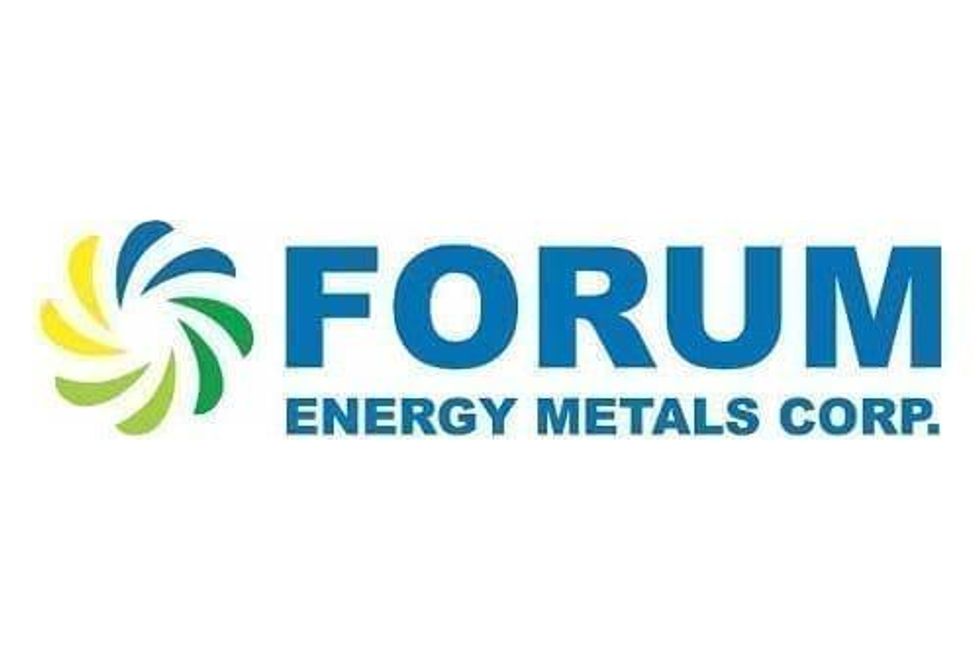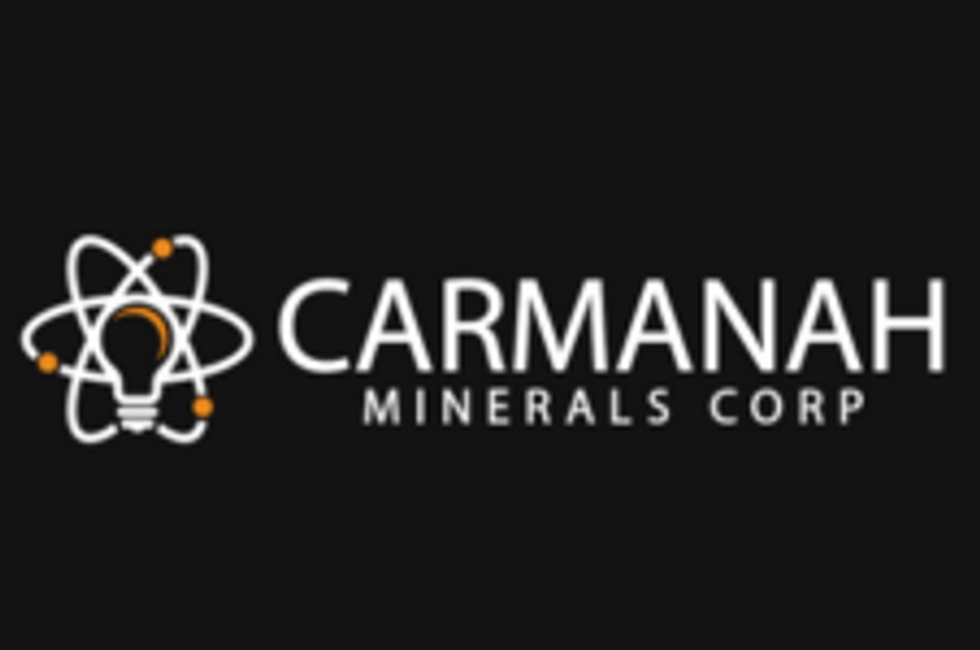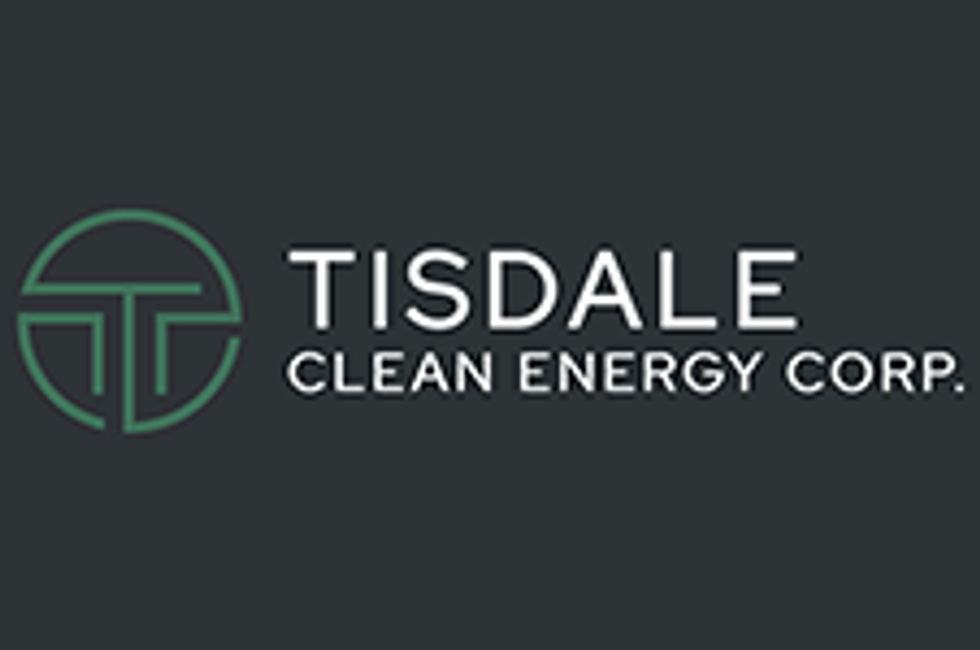The Conversation (0)
- WORLD EDITIONAustraliaNorth AmericaWorld
Investing News NetworkYour trusted source for investing success
Top Stocks
Top Resource Stocks
Top Tech Stocks
Top Life Science Stocks
Trending
Trending Articles
Trending Press Releases
Trending Companies
Trending Reports
Resource
Popular Lists
Investing Ideas
Outlook Reports
- Lithium Outlook
- Oil and Gas Outlook
- Gold Outlook Report
- Uranium Outlook
- Rare Earths Outlook
- All Outlook Reports
Investing Guides
Tech
Popular Lists
- Top Generative AI Stocks
- Top EV Stocks
- Biggest AI Companies
- Biggest Blockchain Stocks
- Biggest Cryptocurrency-mining Stocks
- Biggest Cybersecurity Companies
- Biggest Robotics Companies
- Biggest Social Media Companies
- Biggest Technology ETFs
- Artificial Intellgience ETFs
- Robotics ETFs
- Canadian Cryptocurrency ETFs
Investing Ideas
Outlook Reports
- Artificial Intelligence Outlook
- EV Outlook
- Cleantech Outlook
- Crypto Outlook
- Tech Outlook
- All Market Outlook Reports
Investing Guides
Life Science
Popular Lists
- Cannabis Weekly Round-Up
- Top Alzheimer's Treatment Stocks
- Top Biotech Stocks
- Top Plant-based Food Stocks
- Biggest Cannabis Stocks
- Biggest Pharma Stocks
- Longevity Stocks to Watch
- Psychedelics Stocks to Watch
- Top Cobalt Stocks
- Small Biotech ETFs to Watch
- Top Life Science ETFs
- Biggest Pharmaceutical ETFs
Outlook Reports
- Life Science Outlook
- Biotech Outlook
- Cannabis Outlook
- Pharma Outlook
- Psychedelics Outlook
- All Market Outlook Reports
Investing Guides
Plateau Uranium CEO Ted O'Connor: 'It's Not All About Grade'
Feb. 09, 2016 03:00PM PST
Energy InvestingPlateau Uranium CEO Ted O’Connor discusses his company’s recent PEA. This article has been updated to include the transcript.
Ted O’Connor is CEO of Plateau Uranium (TSXV:PLU), a Peru-focused uranium junior that just released the preliminary economic assessment (PEA) for its flagship Macusani Plateau project. With over 20 years of experience working on the exploration side for uranium giant Cameco (TSX:CCO,NYSE:CCJ), O’Connor is no stranger to the uranium market.
In the above video, O’Connor provides investors with a view of the market from his perspective. From there, he dives right into his company’s recent PEA, giving investors the key focus points.
“There is no arguing in most commodities that grade is king,” O’Connor told the Investing News Network; however, “what we are trying to show is that in the end it is not all about grade — in the end it’s about economics, and we have a really good looking project.”
Watch the video to learn more about what O’Connor had to say.
INN: I wanted to start of a little bit by talking about the market because, as you know, things haven’t been too good for the resource sector. However, it seems uranium has managed to do pretty well on its own. From your perspective, how have you viewed the market?
TO: Well, it is still tough but, like you mentioned, in relatively speaking, it’s held up and the reason is the spot uranium market has been thinly traded the last several years relative to the past. And the utilities still need uranium. So they’re still willing to pay and most people can’t produce uranium for the current spot market price. The average marginal cost of production is something on the order of $40. So no one producers want to sell uranium at a loss. So, that’s my opinion why the price hasn’t plummeted further.
But there’s such a growing demand that the fundamentals say, it was in a few years the uranium price, all the analysts are saying it’ll be $65-$70 a pound or at least heading in that direction. And, so, we’re trying to work in that sort of stagnant market right now, but with the ultimate upside promise for sunshine better days ahead.
INN: We’ve definitely been talking about that upside better days ahead for a few years now. But looking on prices, Plateau just released a really, really positive preliminary economic assessment for the Macusani project. Can you tell us a little bit about it?
TO: Yeah, for sure. To start off with, we decided against the analysts’ forecast to use a relatively conservative uranium price of $50 per pound U3O8. Most of our peers in the same sort of stage of project use a substantially higher price. And we chose this because we know how well the project performs technically from a leaching of the uranium perspective from a low-cost shallow open pit primarily mining perspective. And we decided to use $50 as an economic cut-off for our mining scenario. And then that carried through the financial model.
We’ve had incredible results. We forecasted that we’ll be able to produce uranium for $17.28 a pound U3O8 over the life of the mine. What’s significant about this is our $6 million pounds annual production a year. It can move the needle as far as being a strategic significant future production. Our after-tax NPV is in 8 percent discount, is over $600 million using $50 uranium. When we look at using what our peers have been using, $65 per pound uranium price, the NPV is almost $1 billion. So, it’s a significant opportunity with our project in Peru.
INN: So, definitely this lower price is something that we’re not seeing in more companies.
TO: No. And some would argue it’s because the projects don’t work. That’s not quite true. I think everybody on the analysts’ side, whether it’s the people at Dundee or Raymond James or Cantor Fitzgerald, see by the time 2019, 2020 come out, uranium should be $65/$70. So that is the price that people had been using in their economic studies.
We chose to be conservative to set ourselves apart from our peers, but also to say, “Look, this project works even in the mid-to-long-term price environment of $50.” I guess what I want to drive home is we have a great project and it’ll be economic even under current spot price environment, we still have a positive over $250 million NPV using today’s spot price of $34.75.
INN: So it seems also you kind of alluded to this a little bit that even when this project does go to production, it stands to be one of the largest uranium operations.
TO: Yeah. Presently, looking around the world at existing production centers, we would be in the top 5 for annual production on an average basis. The really low-cost producers that exist in Kazakhstan, for example, are 1 million to 4 million to 5 million pound annual production and the new ones are essentially smaller production. 1 million pounds, 2 million pounds a year, incrementally adding to the companies that are working their production inventory.
This 6-million-pound project we have studied, like I said, can move the needle for on a supply-demand fundamentals going forward.
INN: I didn’t also realize that Peru was such a hot spot for uranium. Are you able to tell us a little bit about the geology of the project? What makes this area so good for uranium?
TO: Companies, mostly junior, but also, Cameco—I worked with them for 20 years, and I got them into Peru— we had a lot of junior activity, and one major in a partnership in Peru in this one region called the Macusani Plateau and work started about 2005 – 2006. Over the years, the individual companies drilled out deposits, found some things, and Plateau Uranium was able to consolidate all the defined resources under one company roof because all the projects are within 7.5 kilometers to 10 kilometers of each other where the known resources are.
So, we’ve put everything together and the reason these rocks, I guess, are so unique and have such great leaching and mineralization characteristics is because how they were formed. The rocks are essentially clean, volcanic rhyolite rocks that are only about 7 million years old. And we’ve studied them and at Queen’s University in Kingston, Ontario. And we think that the uranium got there even though it’s volcanic hosted, it’s in a surficial sort of surface water environment. We have melting glacial waters under cool high altitude conditions, just like where the rocks sit now. Leaching the uranium from these volcanic rocks and precipitating it as this mineral called autunite, which is it leaches extremely well and it’s extremely clean.
Because the mineralization occurred at such low temperature surface environment conditions, essentially the same as what they are today, the uranium comes out incredibly inexpensively. And because they’re near surface, we were able to delineate and discover these deposits at a relatively low cost. We’re talking something like $0.35 per pound in the ground discovery cost, which is world-class.
The Athabasca Basin, for example, historically, even though they have giant deposits, their average cost of discovery is about $1.00 per pound in the ground.
INN: Wow. You’ve used a word there a few times that I don’t typically associate with uranium, maybe nuclear, but the word was ‘clean.’ Now this clean extraction is this something that’s typical for uranium or is this something that’s specific to the Plateau deposit?
TO: Well, it’s not just specific to Plateau Uranium’s projects, but when I say ‘clean’ I mean because the rocks are essentially a volcanic equivalent of a granite. They’re basically just quartz, feldspar, glass, and, in our case, where the mineralization is uranium. There are no deleterious elements. Some of the deposits in Northern Saskatchewan, for example, have cobalt, cadmium, selenium, some other minerals and elements that can either – that have to be taken care of in the process can’t be released to the environment and they also can’t show up in the uranium product and all the test work we’ve done on the leaching and the precipitation of uranium says that our eventual product which we’ve made in the lab when the Cameco people have done lab tests, precipitating yellowcake, it was totally in specifications with no deleterious elements.
INN: So basically what you’re saying is it all comes down to low cost, low ore cost?
TO: Yeah, exactly. There’s no arguing in most commodities that grade is king. However, if you look at the gold industry, and the advent of heap leaching in a gold environment, all of a sudden, projects with 1 gram per ton can be economic. It’s not necessarily about grade. Grade can obviously help. As you know in Saskatchewan, their ultra-high grade deposits are among the lowest-cost producers in the world, next to Kazakhstan; grade’s important there.
What we’re trying to show is it’s not all about grade in the end; it is about economics and we have a really good-looking project.
Securities Disclosure: I, Vivien Diniz, hold no direct investment interest in any company mentioned in this article.
Editorial Disclosure: The Investing News Network does not guarantee the accuracy or thoroughness of the information reported in the interviews it conducts. The opinions expressed in these interviews do not reflect the opinions of the Investing News Network and do not constitute investment advice. All readers are encouraged to perform their own due diligence.
Plateau Uranium is a client of the Investing News Network. This article is not paid-for content.
Outlook Reports
Featured Energy Investing Stocks
Browse Companies
MARKETS
COMMODITIES
| Commodities | |||
|---|---|---|---|
| Gold | 2390.86 | +0.85 | |
| Silver | 28.67 | +0.01 | |
| Copper | 4.52 | +0.05 | |
| Oil | 83.24 | +0.51 | |
| Heating Oil | 2.55 | +0.01 | |
| Natural Gas | 1.76 | 0.00 | |
Investing News Network websites or approved third-party tools use cookies. Please refer to the cookie policy for collected data, privacy and GDPR compliance. By continuing to browse the site, you agree to our use of cookies.






